All along the Oystercatcher Trail you can spot the invasive Acacia cyclops or more commonly known as Rooikrans.
Plough Snails
At first glance this organism may not seem of too much importance but actually plays a major role in the sandy beach and surf zone ecosystem.
The days we hike along the sandy beaches we come across the famous Plough Snail, at first glance this organism may not seem of too much importance but actually plays a major role in the sandy beach and surf zone ecosystem. They have been nicknamed the “beach cleaners” because that is exactly what they do, rid the beaches of carrion. They search for jellyfish, bluebottles and other animals that have been cast ashore and quickly congregate into a feeding frenzy. They are completely blind and rely upon their keen sense of smell to detect carrion. Plough Snails feed by liquefying flesh and sucking it down a proboscis (trunk) towards the radula. When the tide starts to rise, the snail emerges from the sand, spreads its large "foot" like a sail, and surfs up the beach in response to the smell of carrion. The large foot is also used to burrow into the sand when the tide recedes to prevent being washed away by the waves. As soon as the water level drops the snail re-emerges and heads up the beach to the high tide mark. This species is extremely slow growing and only reaches a maximum size of 5.5cm. They grow quite rapidly in the first year, reaching 1cm in size, but it takes 10 years to get to 4cm.
It is always exciting to see these animals and even better so to see them in action as it gives me the chance to show our hikers and explain to them the important role they play. So remember small organisms have big jobs to do too!
Further Reading
On our new day two of the Oystercatcher Trail, a circular route starting and ending in Boggomsbaai, we were walking along the fossilised sand structures on Boggomsbaai beach due to the high tide when one of the hikers along with his son stumbled upon a...
Become a Happy Hiker this season with a special offer of R3990 p.p (minimum 4 people) valid from 1 June till 31 August. Winter is a wonderful time to hike the Oystercatcher trail, not only does the cooler weather provide a shield from the heat of the sun but during this time is actually...






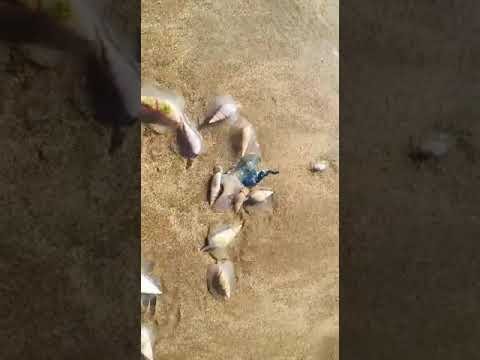
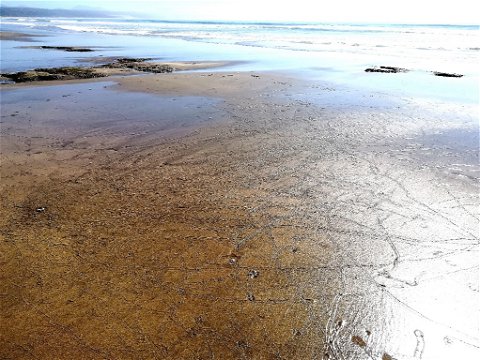

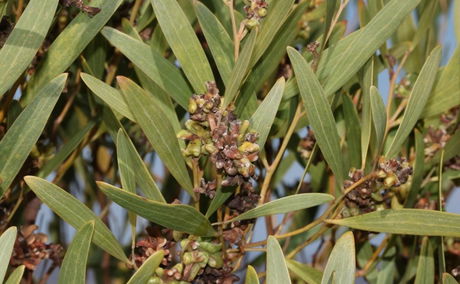
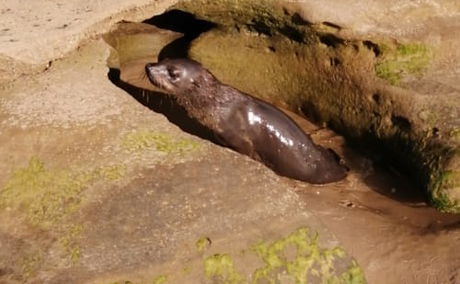
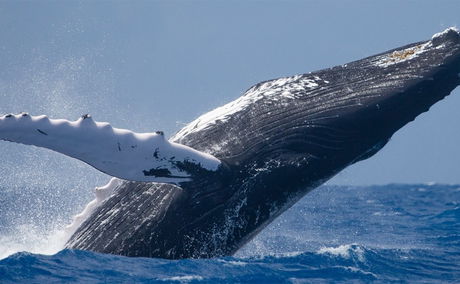
Share This Post